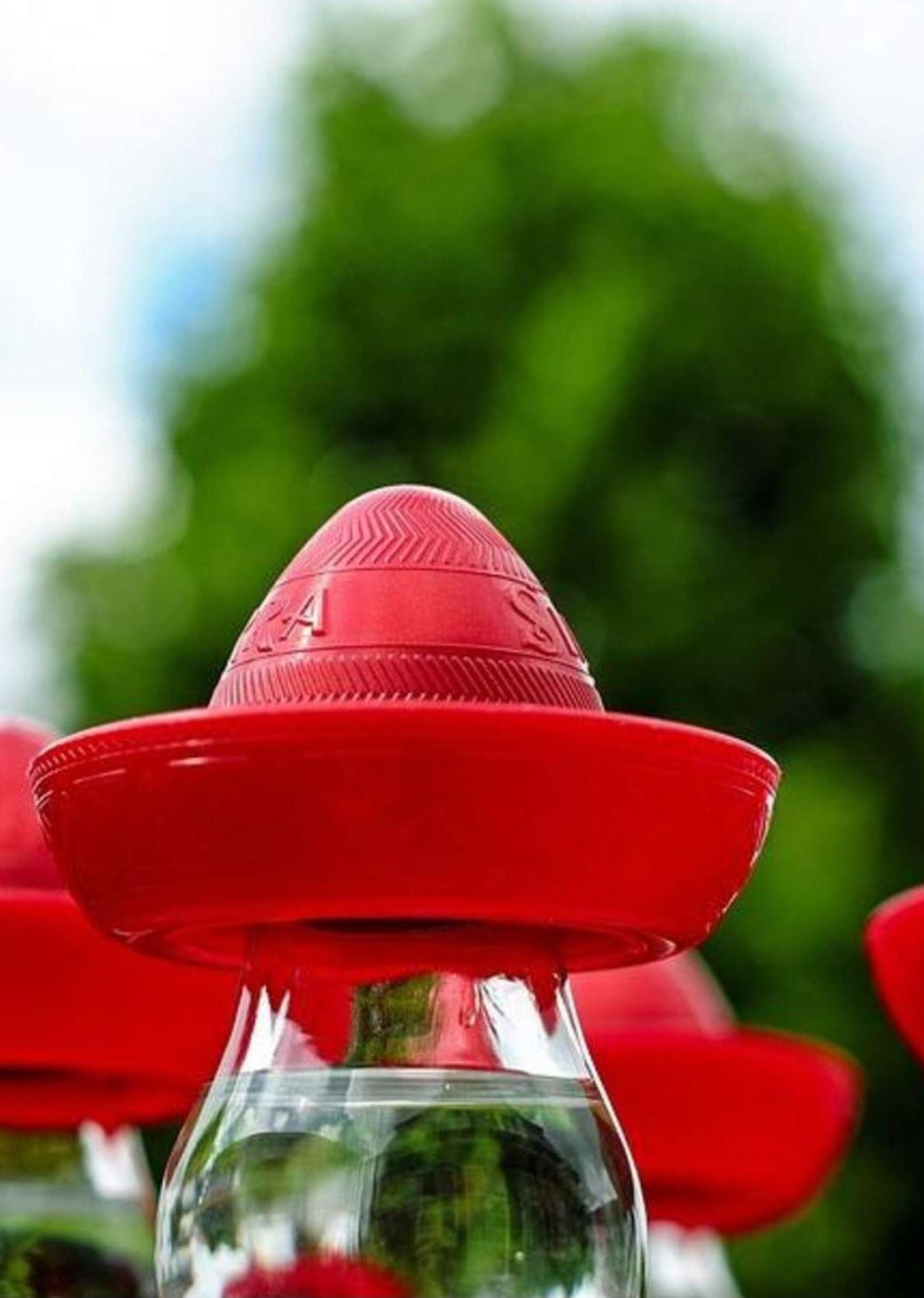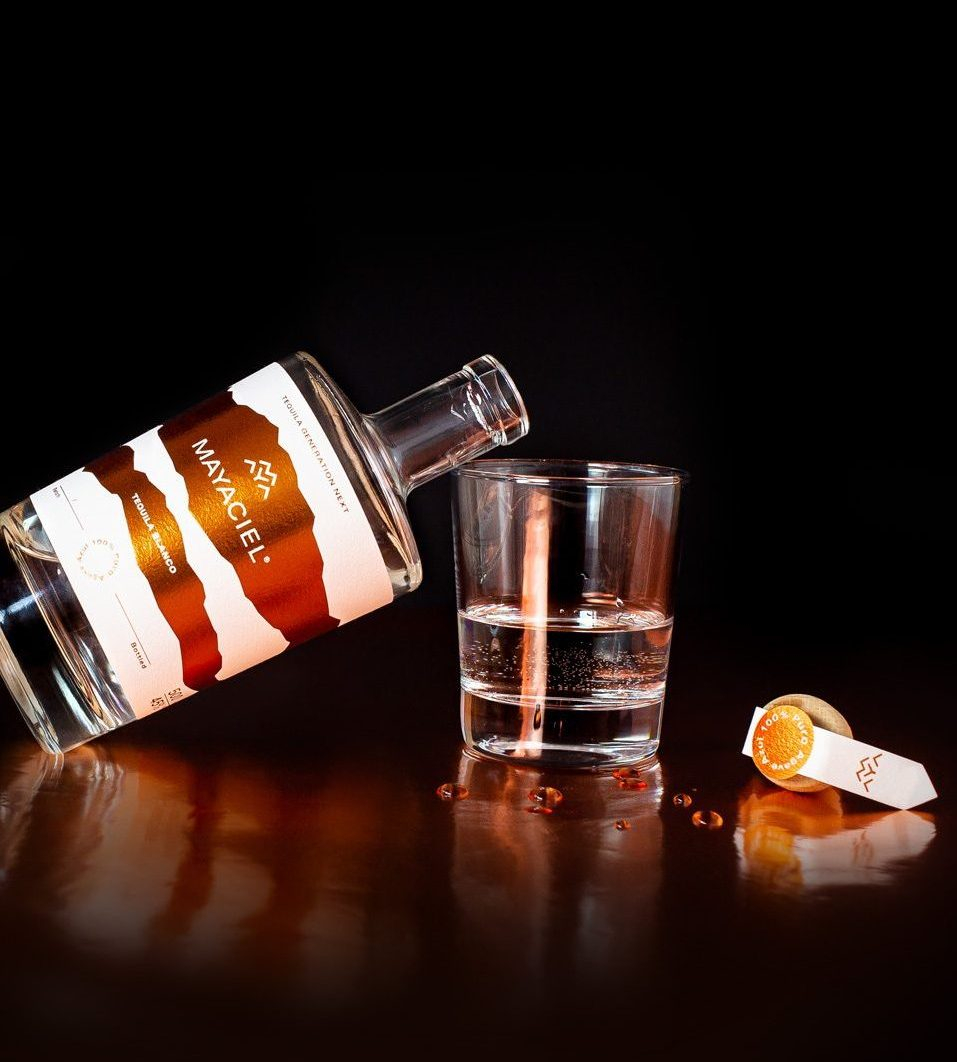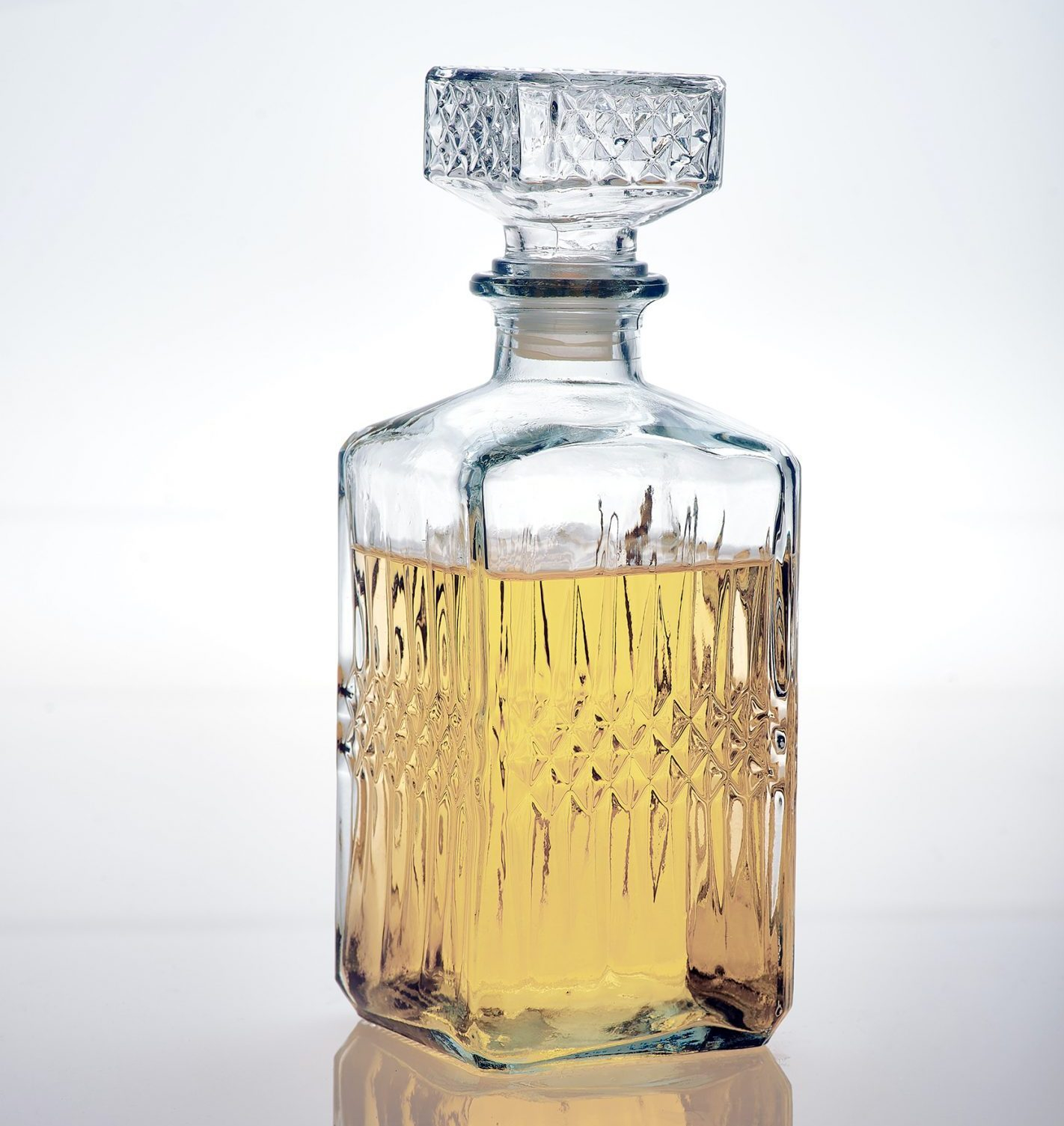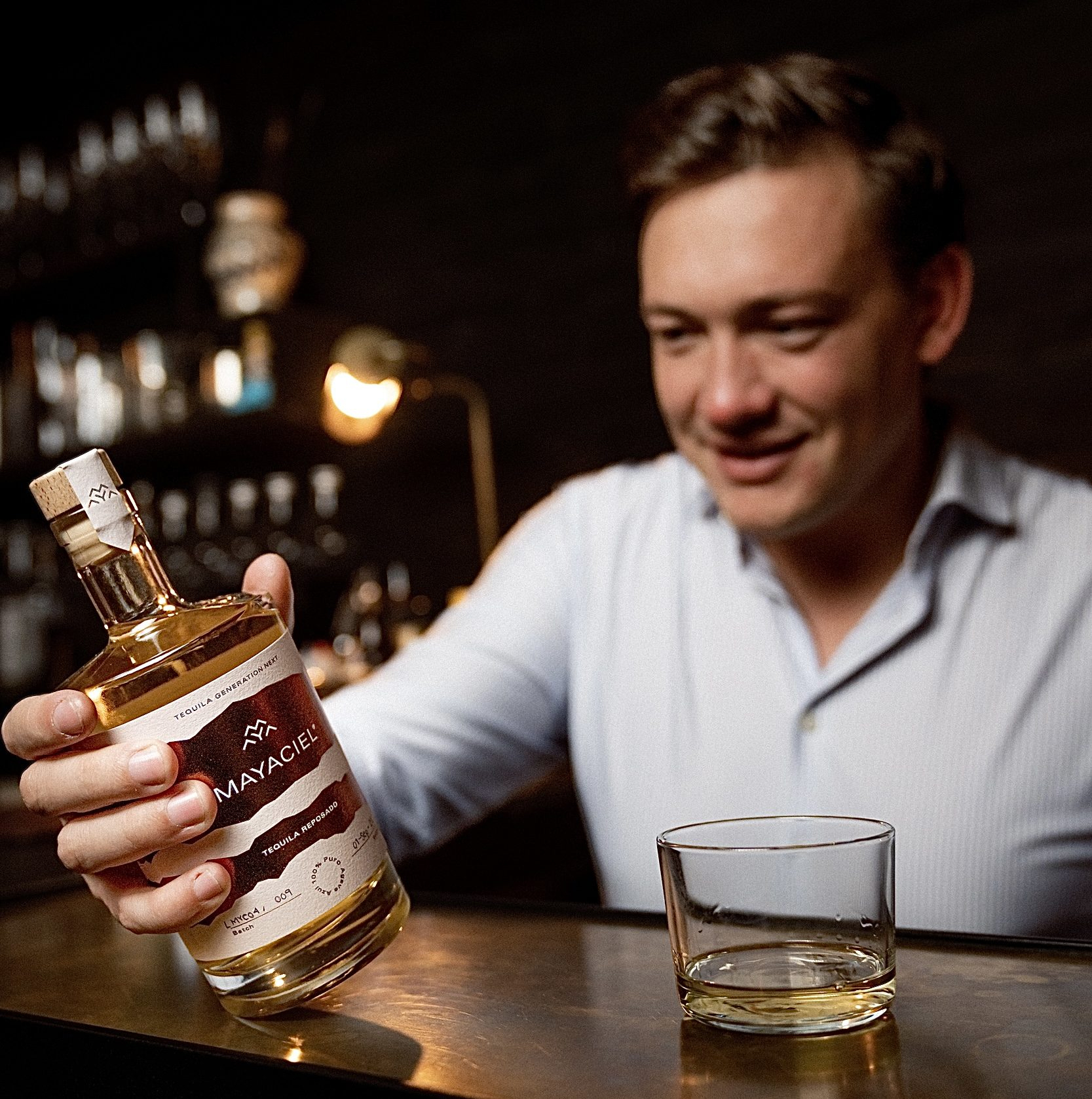Tequila Facts: Part 2 – Qualities
Even if you haven’t yet studied Tequila and its varieties too closely, you might have noticed one thing from afar: not all Tequilas are the same. This begins with its purity. The quality standard for Tequila is 100% agave. Tequila may also be refined or matured. Depending on age and storage, not only its colour but also its taste changes. Here, too, the Mexican Tequila authority (CRT – Consejo Regulador del Tequila) holds authority and differentiates between the following Tequila qualities:

The Quality Certificate – 100% Agave vs Mixto Tequila
Not all Tequila is the same. According to the CRT, everything that is produced in the designated Mexican states and is made from at least 51% of the sugar of the Blue Weber agave can be called Tequila – so-called Mixto Tequila. This is because the rest of the sugar needed for fermentation is added here. Sugar cane, corn or grain are usually used for this, as they are much cheaper to grow than agave. This is where the term “mixto” comes from. The quality attribute for Tequila, however, is 100% agave. Only if this addition is on the label or bottle you can be sure that it is a minimum quality of pure Tequila, made exclusively from the sugar of the blue agave. Thus, one must first distinguish between these two basic quality classes in Tequila. The bad reputation of Tequila is mainly due to the mixto Tequilas (you probably all know this one Tequila brand with the red hat). Even the supposed tradition of drinking Tequila with salt and lemon is actually a marketing invention of the mixto industry to help mask the poor quality of the spirit’s taste. Originally, the mixto was a temporary solution by the Mexican Tequila authority to ensure that enough Tequila could be produced in years of poor harvests, despite low yields. In contrast, pure 100% agave Tequila tastes completely different, it is much more complex in its aroma, less tangy and brings with it a fruity-fresh and wonderfully multi-layered world of taste. However, there are also great differences in quality among the 100% agave Tequilas.
Tequila Blanco
After we have already clarified the basic qualities of Tequila, from now on we will only be talking about 100% agave Tequila. Here, the Tequila Blanco or also called Tequila Silver is the starting point. It is more or less the basis for all further forms of maturation and thus forms the essential foundation. The quality of a Tequila is usually measured on the Blanco, as it has the least to hide and represents Tequila in its purest form.
Floral, fresh, agave and a little spicy – if the Tequila is bottled directly after distillation or if it is stored for a maximum of 2 months in stainless steel tanks or oak barrels before bottling, it can be sold as Blanco or Silver Tequila. A good Tequila Blanco tastes great neat at room temperature; it needs neither salt nor lemon. Of course, Tequila Blanco can also be used to make great cocktails and long drinks (for inspiration, click here – MAYACIEL Drinkspiration).


Tequila Joven / Oro
Tequila Joven is the transition between unaged and aged Tequilas. It is neither fish nor fowl. It is either a blend of Tequila Blanco, i.e. unaged Tequila and aged Tequila, optionally Reposado, Añejo or Extra Añejo, or simply a Tequila Blanco that has been mixed or coloured with additives (e.g. colouring agents, aromas or sugar). This Tequila quality is also known as gold Tequila and it is quite difficult to determine which of the two aforementioned processes (blend or additive) was applied for the production process.
Tequila Reposado
If the Tequila is matured in oak barrels (mostly French oak or white oak) for between 2 and 11 months after distillation, it is called a Reposado or aged Tequila, which can be translated as “rested”. Reposados have a golden colour, the agave aromas of the Blanco are joined by a fine woody note, which can be expressed very differently depending on the barrel and its pre-ageing. Above all, vanilla, caramel and dark chocolate flavours are very typical. The overall taste profile is somewhat softer than the one of the Blanco. As with the Tequila Blanco, the myth of orange and cinnamon as “golden” Tequila is a marketing ploy from Europe with no relation to Mexican drinking culture – enjoy your Tequila Reposado pure!


Tequila Añejo & Extra Añejo
If the Tequila has been in the barrels for 1 to 3 years, it is called Añejo or extra-aged Tequila. Its colour is much darker than that of a Reposado and tends towards amber. The wood aromas become stronger and overlay the fresh agave notes more and more. In addition, there can also be smoky notes, as well as caramel and vanilla. After more than 3 years of storage, the Tequila Añejo gets the prefix Extra, i.e. it becomes an Extra Añejo or also called ultra-aged Tequila. Depending on the time the Tequila spends in the barrel, it becomes darker and softer.